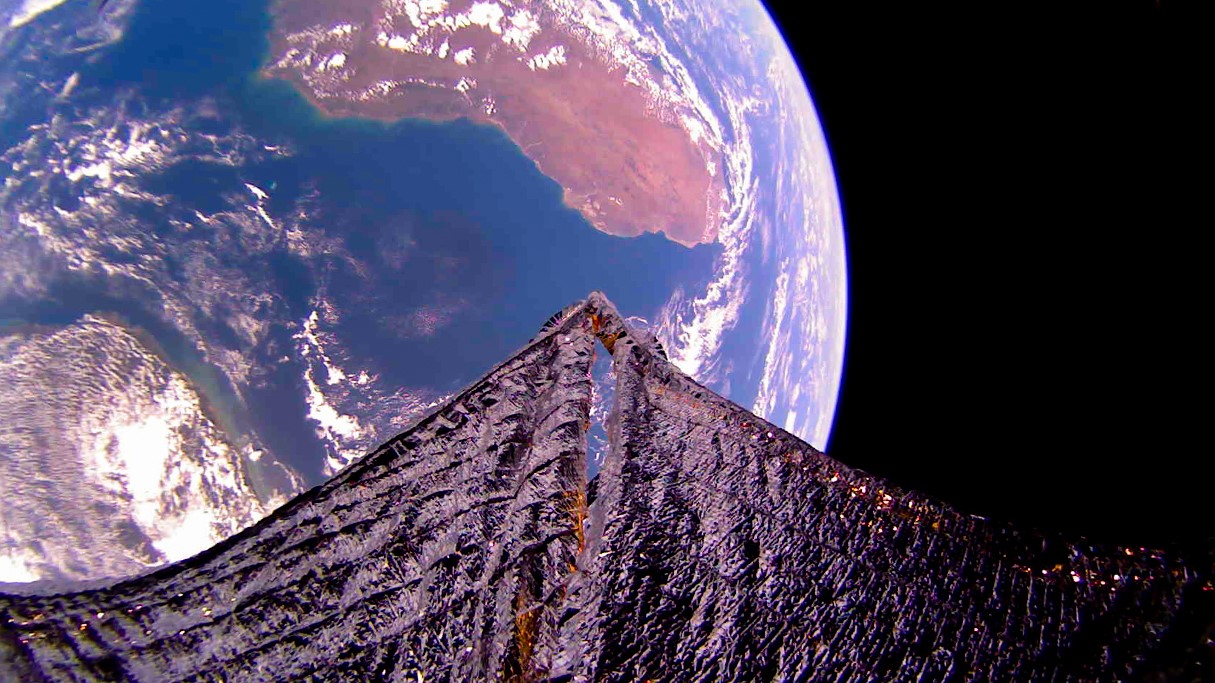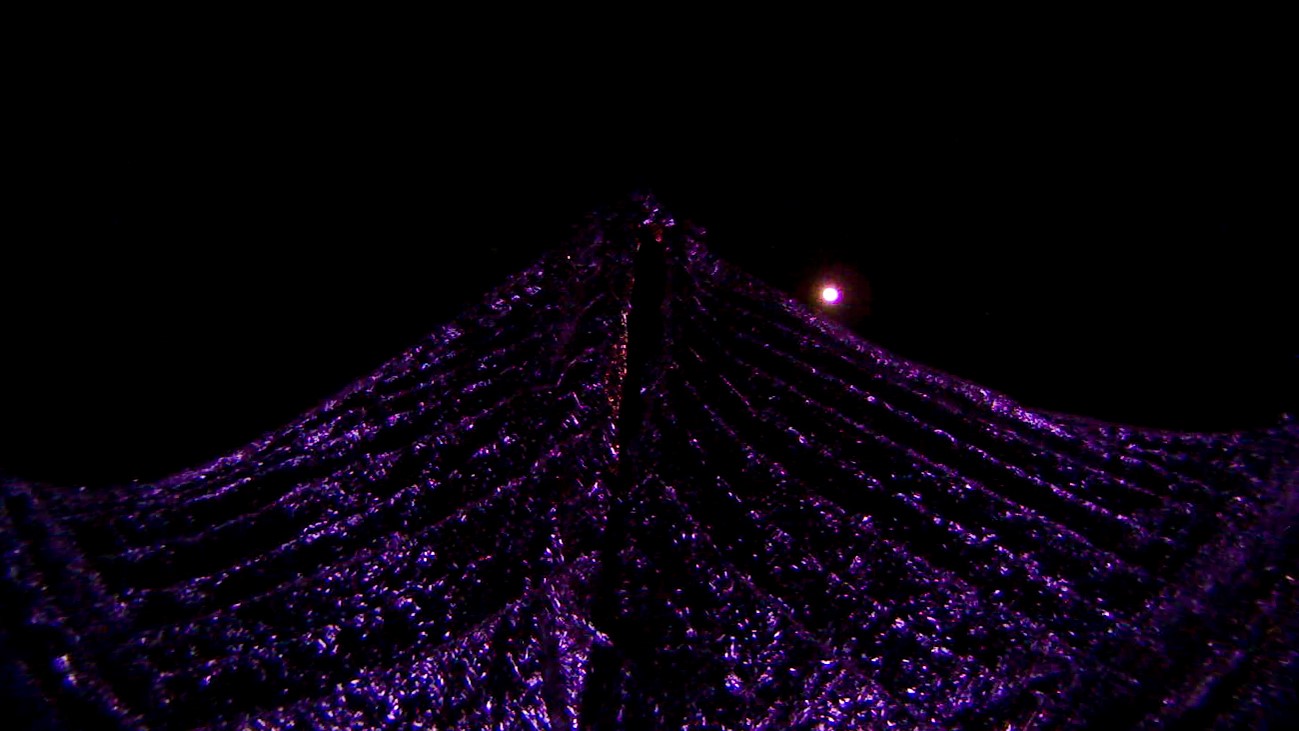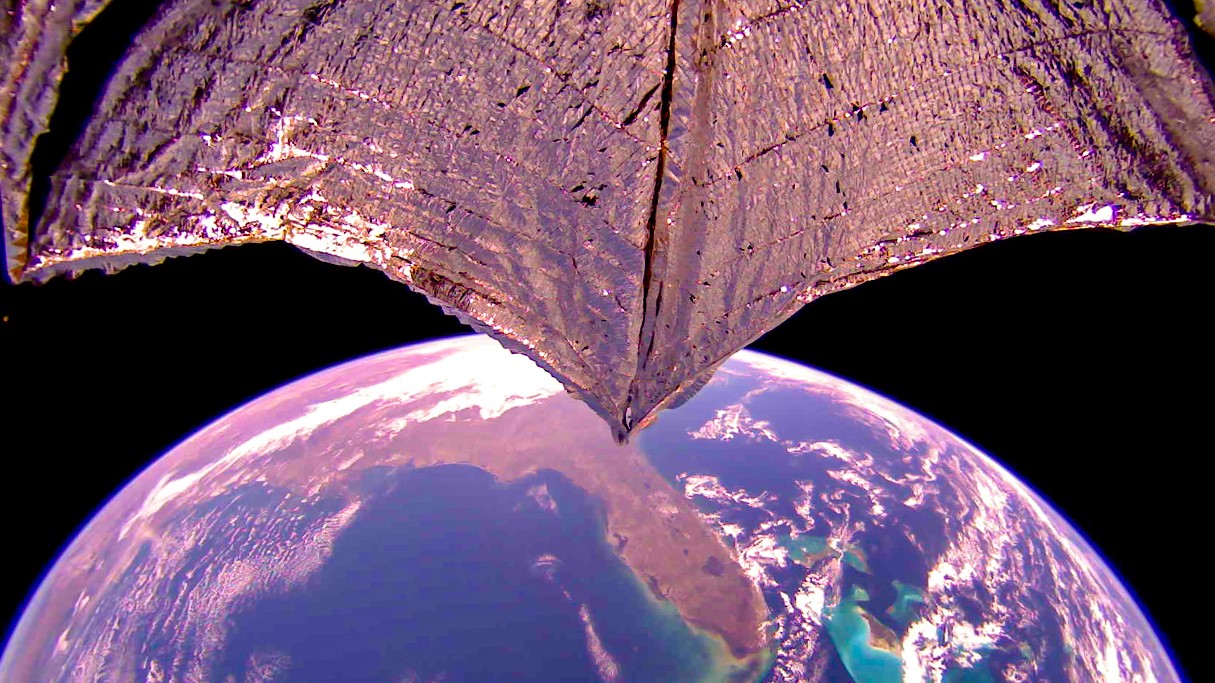LightSail 2 celebrates 3rd space birthday as end of mission approaches
The mission, far beyond its design lifetime, may fall into the atmosphere in a few months.

A solar-sailing mission is now marking three years of spaceflight, but is unlikely to celebrate a fourth anniversary.
The Planetary Society's LightSail 2 is a crowdfunded solar sail that launched June 25, 2019. It was expected to last a year in an assessment of how well a spacecraft could perform using only the power of the sun.
Now tripling that expectation, the spacecraft continues to work well but is in a fight with atmospheric drag. Molecules of the Earth's atmosphere are slowly pulling the spacecraft back to our planet, with re-entry expected in perhaps a few months, according to a Planetary Society update.
"We have continued to work to learn more and sail more efficiently as part of its extended mission including its second year in orbit as well as this last year, its third year," Bruce Betts, the mission's project manager, wrote Friday (June 24) on the Planetary Society's website.
Related: LightSail 2 captures stunning photos of Earth from space
Like any long-running mission, the spacecraft has met a few challenges. Last summer, engineers recalibrated the gyroscopes on the spacecraft to account for drift, but the gyros "began returning data that measured incorrect spin rates," Betts wrote.
"We developed techniques to calibrate the gyros on orbit, and updated the onboard flight software to enable corrections to the gyro bias parameters. The update improved our sail control, thus improving our solar sailing."
Get the Space.com Newsletter
Breaking space news, the latest updates on rocket launches, skywatching events and more!
The change allowed the altitude to rise by 328 feet (100 meters) per day for a few months, but as of today the average altitude is about 390 miles (627 kilometers). That's compared with 446 miles (718 km) at mission start.

The altitude fell for a few reasons, Betts explained, including communications trouble with the spacecraft due to ground station components breaking (and requiring replacement), ongoing atmospheric drag, and increased activity in the 11-year solar cycle puffing up Earth's atmosphere and moving more molecules higher.
That said, the Mylar sail material remains in good condition and the spacecraft has no major component failures, which Betts said is "an amazing testament to the many tens of people over the years who’ve worked on it."

He added the team plans to "make the most out of the next several months" before LightSail 2's eventual re-entry, but the data collected will remain useful essentially forever after the mission. The team plans numerous mission analyses, paper publications and conference publications for LightSail, as well as continuing their connections with other space missions planning on using solar sails themselves.
In the meantime, the LightSail team continues to publish updates through technical publications and, while the mission is active, you can view key parameters through the mission control dashboard.
Follow Elizabeth Howell on Twitter @howellspace. Follow us on Twitter @Spacedotcom and on Facebook.
Join our Space Forums to keep talking space on the latest missions, night sky and more! And if you have a news tip, correction or comment, let us know at: community@space.com.

Elizabeth Howell (she/her), Ph.D., was a staff writer in the spaceflight channel between 2022 and 2024 specializing in Canadian space news. She was contributing writer for Space.com for 10 years from 2012 to 2024. Elizabeth's reporting includes multiple exclusives with the White House, leading world coverage about a lost-and-found space tomato on the International Space Station, witnessing five human spaceflight launches on two continents, flying parabolic, working inside a spacesuit, and participating in a simulated Mars mission. Her latest book, "Why Am I Taller?" (ECW Press, 2022) is co-written with astronaut Dave Williams.










